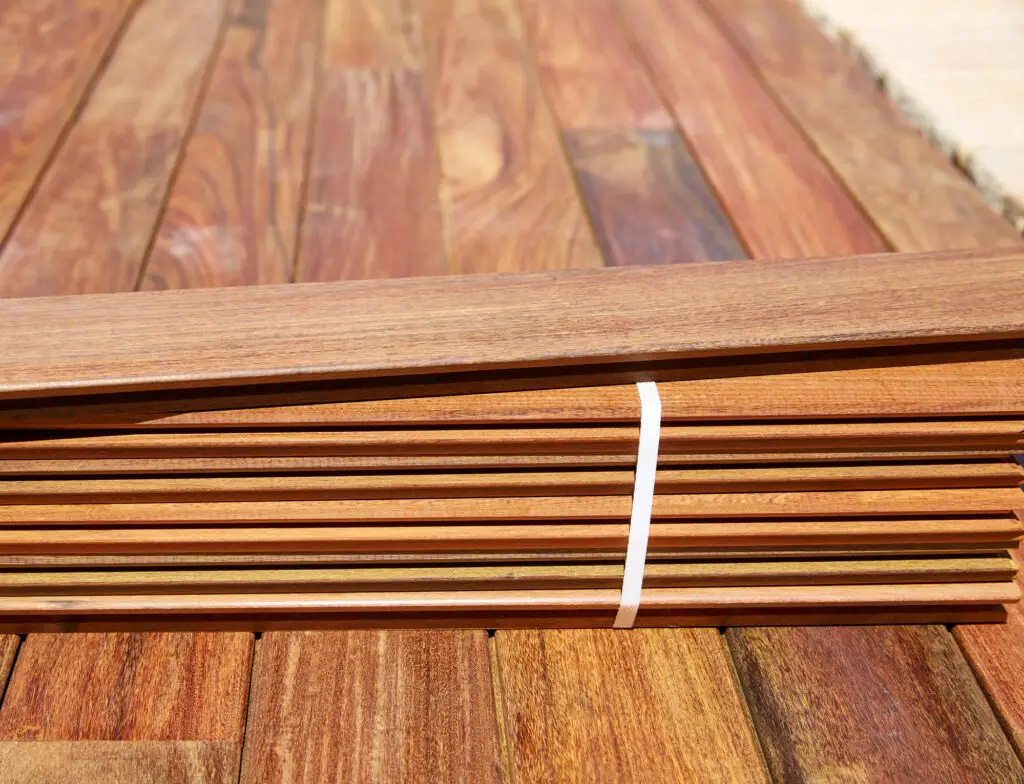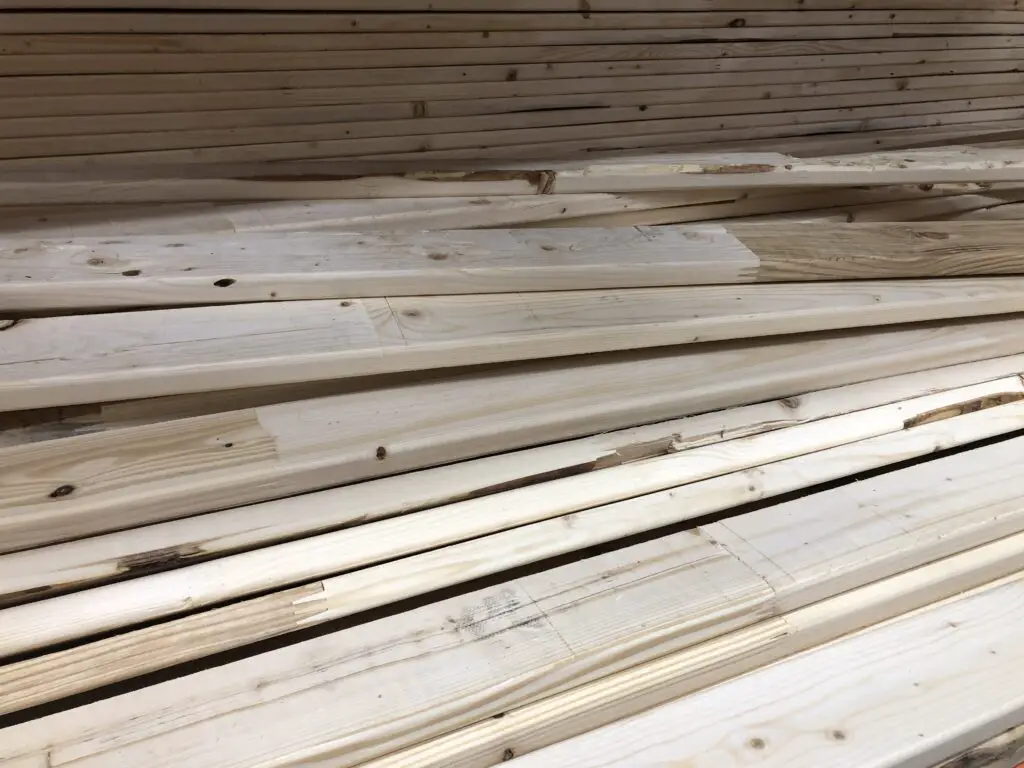For woodworkers of all walks, having a situation where you may need to substitute one wood out for a close alternative is bound to happen. Whether it is because you’ve run out of your original species or your desired wood is too expensive, you may be wondering if there are woods that can be mixed and matched to look like walnut.
In this article, we’ll be going over the best substitutes for walnut wood and how to stain other woods so they can pass for walnut in a pinch.
Many varieties of wood that are similar in characteristics to walnut are similar in price or more expensive. If you are looking for a cheaper alternative, light blonde woods may be a good option because you can stain them to the desired color.
What Wood Looks the Most Like Walnut?
When it comes to walnut wood substitutes based on appearance, poplar wood is the closest you’ll get. It is a fine grain wood with a similar straight pattern and color signature to walnut wood.
Additionally, they are both hardwoods, though poplar wood is noticeably softer than a walnut.
How Can I Stain Various Woods to Look Like Walnut Wood?
While poplar wood is already somewhat similar to walnut wood in various ways, you can stain it so that it is almost impossible to distinguish the difference between the two! Additionally, you can follow these steps to stain any other lighter wood you might have to make it look like walnut wood.
First, you’ll need to sand down the wood, usually with either 80, 150, or 220 grit sandpaper. Next, you’ll wipe down the wood before using a tack cloth to remove as many sanded particles as possible.
After that, you’ll take your dye-water mixture, prepared as recommended by the manufacturer, and wipe it onto your wood using a rag.
The amount of stain that you need to apply will depend on the brand you get and the color signature you want to achieve to match the walnut hue. Once the initial coating has dried, you can then apply as many more coatings as needed until you reach the desired shade.
After that, use a clear lacquer on top of the wood, and it’ll be all ready to go!
What are Some Other Woods I Can Stain to Look Like Walnut Wood?
Aside from poplar, there are several other options that you can choose from to stain, and they can all take on the physical appearance of walnut wood while retaining their own unique qualities.
These woods include but aren’t limited to:
- Maple: A strong hardwood with a smooth grain pattern. Its light color signature also allows it to stain nicely, allowing it to adapt to a darker color and look more like walnut wood.
- Ashwood: Ashwood is a sturdy wood that is relatively lightweight for its strength. Like maple wood, Ashwood also has a light color signature, making it great for staining to look like walnut wood.
- Alder wood: Alder wood is a moderately heavy hardwood with a consistent texture pattern. Because of its consistently small pore structure, alder wood is one of the more preferred woods for staining.
- Pine: Pine is a light-colored softwood with a uniform, straight grain. While considerably softer than most woods on this list, pine wood is a perfect option to choose if you merely want the same color as walnut wood since its light color signature makes it a good staining wood.
- Plywood: Plywood is different from the other woods as it isn’t a species. It is created by layers of wood chips being glued on top of each other. Plywood can provide excellent structural stability for smaller woodworking projects and is also great at staining to look like walnut wood. Its wide availability and relatively cheap price tag may make it an option some woodworkers may consider.
Is it Better to Use Walnut Wood or a Walnut Wood Substitute?
While walnut wood is an excellent material used by many woodworkers, there may be instances in which you can’t find enough stock or the stock is too expensive for your project.
For the most part, many will find that using walnut wood is the best option, as it not only provides the qualities you will be looking for, but it is also generally cheaper than its other wooden lookalikes.
However, if you only want the dark color signature that walnut wood provides, rather than its physical properties, buying a cheaper hardwood and staining can be the best option.


